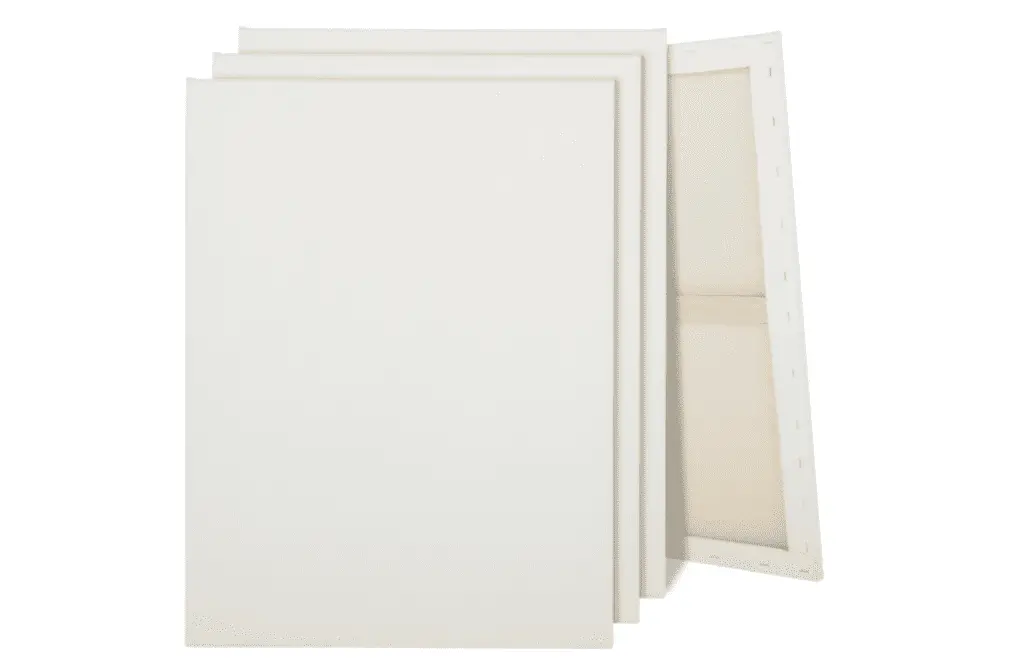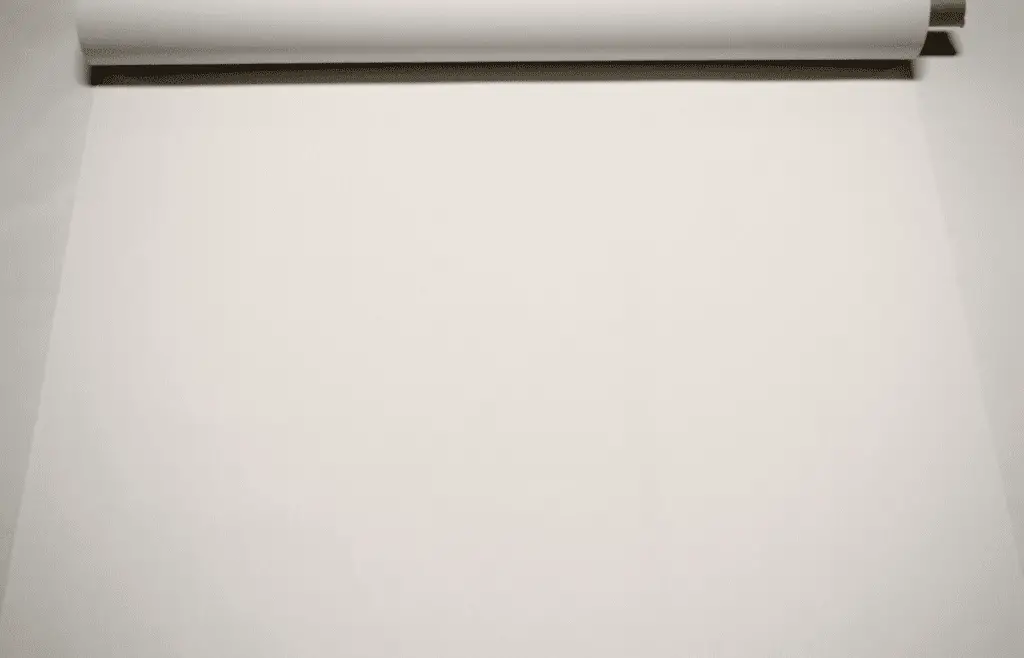An artist wants their canvas to stay rich and full of life for as long as possible. Gesso can aid in the long-lasting vibrancy of a painting by acting as a perfect primer to use on this somewhat delicate fabric. Some painters might be concerned that using gesso can end up shrinking a canvas.
Some forms of gesso may cause some non-primed canvas to shrink, but for the most part, gesso will only cause a very inconspicuous amount of shrinking. Since canvas is made from fabric, it’s naturally going to shrink to a certain extent when it’s exposed to liquid. Shrinking tends not to be too extreme and doesn’t last for very long.
So long as you know how to use gesso, any shrinking that it may cause when it’s used on canvas shouldn’t cause you any problems.
Understanding Gesso and its Properties

Gesso is typically made of white pigment, chalk, and water. Some forms of gesso also feature glue, often sourced from an animal such as rabbit. Some types of gesso have an acrylic polymer as well. Gesso’s with glue are often used as a sealant rather than a primer, though gessos with no glue can also sometimes be creatively used as a sealer, especially if it’s a translucent formula.
Gesso usually takes about an hour or so to dry, but it’s recommended you wait longer to be safe. Some painters use a heat source to dry gesso faster. However, that’s not recommended on canvas. Elements such as the temperature of the room and how much gesso you use will ultimately determine how long it takes to dry.
Gesso should be applied in smooth strokes from one side of the canvas to the other. Brush over your layer several times to make sure it sits flat and even on the canvas and so you can eliminate lumps or bubbles. You don’t need a lot of gesso on the brush or else the gesso will be difficult to control and you’ll ruin your brush.
To check the current price and availability for Mont Marte Gesso, click here to view the listing on Amazon.
Understanding Canvas

Canvas is a fabric material often formed from cotton or linen. Cotton canvas is more common and much more affordable than linen, though linen is definitely the premier material for canvas because of how it handles paint. There are a plethora of art materials one can use on canvas which makes it a popular surface to craft with.
Choosing the right canvas can be determined by what kind of paint you’re using. You should also look for canvas that has some weight to it, specifically if it’s already framed. You want to examine a canvas closely to look at the tightness of the weaving, as that’ll tell you how paint will sit on that particular piece of canvas.
Pre-primed canvas is readily available, as is pre-stretched canvas. Many painters still choose to prime a canvas before painting to make sure their finished project will last longer and stay in the best shape possible. Only the front of a canvas needs to be primed, but some painters choose to prime the back to make sure paint doesn’t bleed.
Can Gesso Shrink Canvas?
Gesso will shrink a canvas slightly because it’s wet. Any shrinking that can occur is minimal at best and is also temporary. Any shrinking that does occur will only result in creating a smoother surface to paint on where paint doesn’t sink through the small weaves of the fabric.
Gesso that is overly diluted with water or isn’t mixed well could lead to more shrinking than you may want. If you use a heat source of some kind to try and get gesso to dry quicker, it could lead to much more shrinking that you probably want. It’s best to let your gesso dry on its own, though it will add much more time to your project.
Unless you are someone who can pinpoint very small changes in finer details, you’re not likely to notice a significant difference in your canvas after gesso has been applied. If anything, you’ll only be pleased to see a painting where the colors stand out and the canvas itself won’t wear down or discolor.
Advantages and Disadvantages of Using Gesso on Canvas
Gesso is truly one of the best primers you can use on a canvas. It transforms a canvas into a surface that complements paints of all types and lets your art shine. It also helps to preserve the quality of the canvas for much longer than some cheaper primers.
Gesso may not be the most user-friendly primer to use, though it doesn’t take a lot of time to learn to love it. It can take some time to dry and more than one layer is best, but other than that, there aren’t too many disadvantages.
How to Use Gesso on Canvas
To use gesso on canvas, you’ll want to make sure the canvas is free of any dirt, grease, or loose fibers. It’s also much easier to pour gesso into a container first, especially if you want to dilute it. Lightly dip your brush into the gesso so that it’s only covered about halfway up the bristles with the product.
Take your brush and swipe it from left to right, moving down with your brush until you’ve covered it. You’ll likely want to go over each stroke of gesso a few times to make sure it’s sitting well on the canvas and there are no flaws in the application. Once you’re satisfied with your gesso layer, let it dry thoroughly.
If you want to use more than one layer of gesso, it’s recommended that you take a thin sheet of sandpaper and lightly sand the dry layer first. Gesso dries hard, and some sanding helps to make sure that your canvas is flat and free of flaws.
Final Thoughts
Gesso does have a small shrinking effect on canvas but that doesn’t mean you should shy away from this excellent primer. Careful application and some patience is all you need to use gesso on canvas without ruining the canvas.

